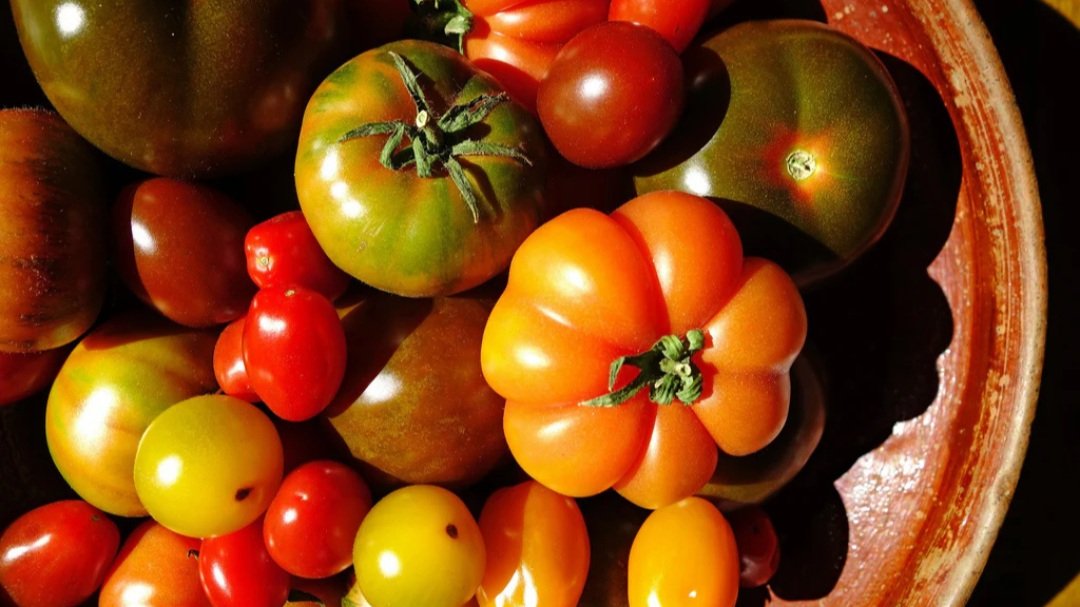
Interesting Tomato Facts
Botanical Classification: Although commonly referred to as vegetables, tomatoes are botanically classified as fruits. Specifically, they are berries because they develop from the ovary of a flower and contain seeds.
Origin: Tomatoes are native to western South America and were first domesticated in Mexico. They were introduced to Europe in the 16th century.
Varieties: There are thousands of tomato varieties available today, ranging in color from red to yellow, green, and even purple. Common types include cherry, heirloom, and beefsteak tomatoes.
Nutritional Benefits: Tomatoes are rich in vitamins C and K, potassium, folate, and antioxidants such as lycopene. Lycopene is known for its potential health benefits, including reduced risk of heart disease and certain cancers.
Climate Adaptability: Tomatoes thrive in warm climates but can be grown in a variety of conditions. They need full sun and well-drained soil for optimal growth.
Harvesting: Tomatoes are usually harvested when they reach their full color and have a slight give when squeezed. This indicates ripeness and optimal flavor.
Culinary Uses: While often consumed raw in salads and salsas, tomatoes are also a key ingredient in sauces, soups, and several cuisine staples worldwide.
Gardening Tips: When growing tomatoes, it is beneficial to provide support structures like stakes or cages. This helps keep the fruit off the ground and improves air circulation.
Pest and Disease Resistance: Tomatoes can be prone to various pests and diseases, including aphids, whiteflies, and blight. Implementing crop rotation and companion planting can help mitigate these issues.
Cultural Significance: In many cultures, tomatoes have significant culinary and historical importance. For example, in Italy, tomatoes are integral to numerous traditional dishes, while in the U.S., they play a central role in summer barbecues and salsas.
These facts highlight the versatile and vital role tomatoes play in both cuisine and horticulture.
